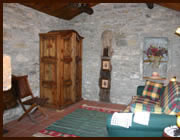 |
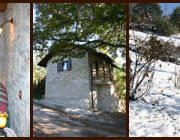 |
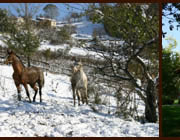 |
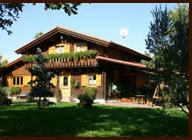 |
About
Agnone
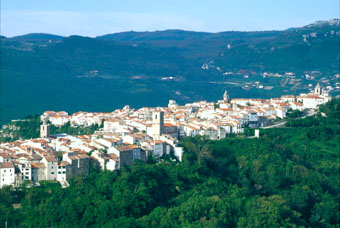
Agnone City of Art
Agnone
is situated on spectacular, unspoilt high mountains of the Molise Region,
East of Rome. The Region stretches from the Appennines to the Adriatic
Sea, bordering the Abruzzi, Apulia, Lazio and Campania Regions.
The
old city of Agnone lies on a rocky spear to the
South
while the dynamic modern part spreads towards the North East.
Farms and country houses surround the city on altitudes varying from the 1386 m. above.sea.level. of Monte Castelbarone to 370 m. of the Verrino River bed; numerous fresh water streams enriching the countryside.
Its geographic position has been described as ‘The natural capital of the Highest Molise’. Its territorial extension covers 9630 hectares made up of wood and forest,
Farms and country houses surround the city on altitudes varying from the 1386 m. above.sea.level. of Monte Castelbarone to 370 m. of the Verrino River bed; numerous fresh water streams enriching the countryside.
Its geographic position has been described as ‘The natural capital of the Highest Molise’. Its territorial extension covers 9630 hectares made up of wood and forest,
sheep-rearing
pastures and agriculture land.
The town and its surrounding areas are in the heart of the ancient Samnium. Important archaeological sites are to be found scattered in the area. The name Agnone derives from the old . glorious Aquilonia, destroyed by the Romans in the 239 B.C.
The town and its surrounding areas are in the heart of the ancient Samnium. Important archaeological sites are to be found scattered in the area. The name Agnone derives from the old . glorious Aquilonia, destroyed by the Romans in the 239 B.C.
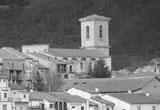
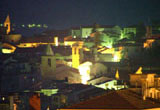
Many
streets, lanes and alleyways of the old citadel are characteristically
adorned by rampant lions. Here are porches, vaults, and numerous Venetian
workshops used by the many goldsmiths who learned the art of filigree
by the Venetians in the XI century.
From
the original seven Gates giving access to the City today we can admire
Porta Semiurno, Porta San Nicola and Porta San Emidio.
There are illustrious palaces like Palazzo Bonanni and Palazzo Nuonno (XII c), Palazzo Apollonio and Palazzo Fioriti (XIV c.) and Palazzo Santangelo.
There are illustrious palaces like Palazzo Bonanni and Palazzo Nuonno (XII c), Palazzo Apollonio and Palazzo Fioriti (XIV c.) and Palazzo Santangelo.

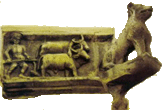
Above
the ochre roofs of the city rise fourteen majestic bell towers like silent
sentinels overlooking the valleys around.
Very
important here are the churches. With the descent of the Francs under
Charlemagne rose churches and monasteries. Many of those warriors, fascinated
by the mystic beauty of Agnone chose to stay in the monastic life spreading
their language and culture throughout the region. The dialect spoken today
has clear connotation with the roots of the Francs’ language.
Crafts and gastronomy are important sources of tourism in Agnone.
Crafts and gastronomy are important sources of tourism in Agnone.








©
S. Stefano dei cavalli, all rights reserved